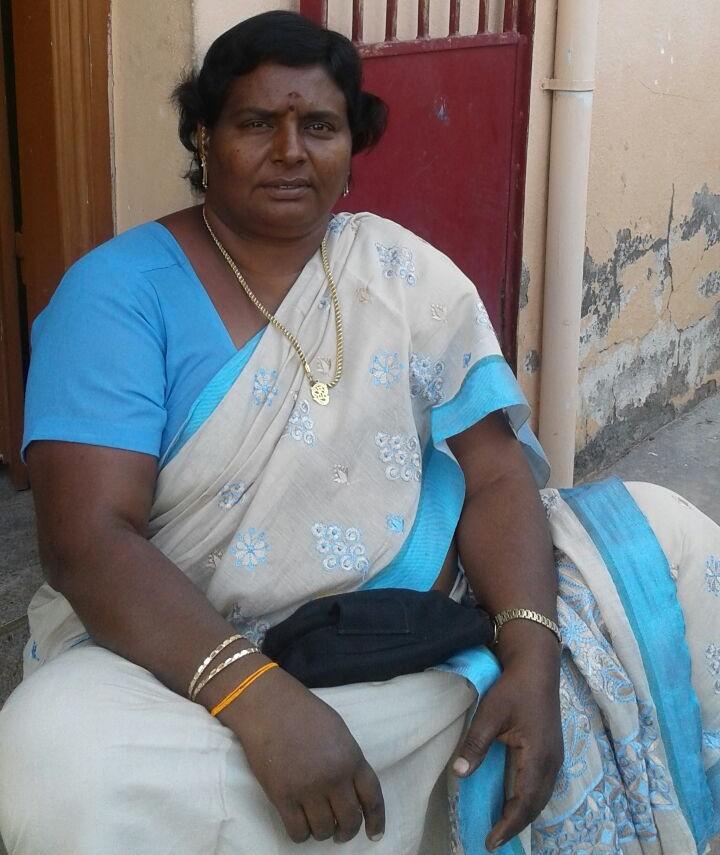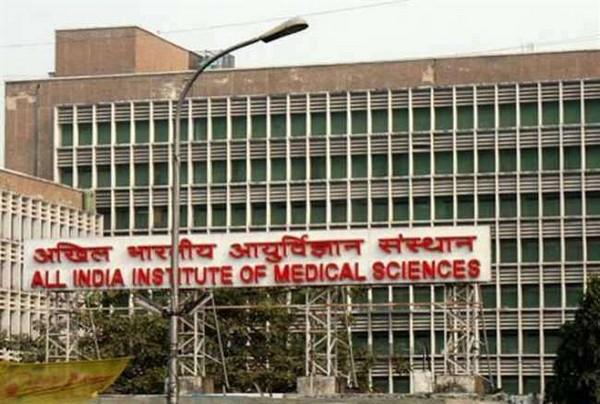Creamy layer for OBCs, not SC/STs: Centre to top court
Dhananjay.Mahapatra@timesgroup.com 29.03.2018
New Delhi: The Supreme Court entertained a public interest litigation on Wednesday and asked the Centre a question which no political party is willing to touch with abargepole — should creamy layer exclusion criteria be applied in the grant of 22.5% reservation in government jobs to scheduled castes and scheduled tribes?
A bench of Chief Justice Dipak Misra and Justice A M Khanwilkar asked the Centre, represented by additional solicitor general P S Narasimha, to file its response within four weeks and posted the matter for final hearing in the second week of July.
This poses an unenviable task for the NDA government, already under pressure from almost all parties to file a petition in the SC seeking review of its recent judgment that barred police from arresting a person accused of committing an offence under the SC and ST (Prevention of) Atrocities Act. Earlier, any offence under the Act was non-bailable, meaning thereby that police had no option but to arrest a person accused of insulting a dalit or tribal.
The SC in November 1992, in the Indra Sawhney judgment, had upheld the Centre’s decision to accept Mandal Commission recommendations and grant 27% quota in jobs to Other Backward Classes (OBCs), but stipulated exclusion of creamy layer to weed out the rich among OBCs from cornering the quota.
In 2006, a Constitution bench of the SC in M Nagaraj case had said that the amendment inserting sub-clause 4A into Article 16 to enable the government make provisions for reservation in promotions based on ground reality must be dependent on ‘backwardness’ of the section of population, their inadequacy in representation in service and thirdly, that such reservation did not impede the ‘overall efficiency’ of governance.
Making M Nagraj judgment as the base, a PIL filed by Samata Andolan Samiti pleaded through advocate Gopal Sankaranarayanan that non-exclusion of creamy layer from SCs/STs has defeated the purpose behind the social welfare measure as a select few families have for generations cornered the quota, meaning that “almost the entire community remains deprived”.
“One of the primary measures to check this is to exclude the ‘creamy layer’ — the judicially crafted remedy in Indira Sawhney case which aimed to ensure that only the truly backwards in all communities would avail the benefit of reservation,” the petitioner NGO said.
ASG Narasimha said creamy layer was applicable to the reservation for OBCs, which was brought through a law. “This cannot apply to the reservation (for SCs and STs) made through Presidential Order under Article 341of the Constitution,” he said.
Dhananjay.Mahapatra@timesgroup.com 29.03.2018
New Delhi: The Supreme Court entertained a public interest litigation on Wednesday and asked the Centre a question which no political party is willing to touch with abargepole — should creamy layer exclusion criteria be applied in the grant of 22.5% reservation in government jobs to scheduled castes and scheduled tribes?
A bench of Chief Justice Dipak Misra and Justice A M Khanwilkar asked the Centre, represented by additional solicitor general P S Narasimha, to file its response within four weeks and posted the matter for final hearing in the second week of July.
This poses an unenviable task for the NDA government, already under pressure from almost all parties to file a petition in the SC seeking review of its recent judgment that barred police from arresting a person accused of committing an offence under the SC and ST (Prevention of) Atrocities Act. Earlier, any offence under the Act was non-bailable, meaning thereby that police had no option but to arrest a person accused of insulting a dalit or tribal.
The SC in November 1992, in the Indra Sawhney judgment, had upheld the Centre’s decision to accept Mandal Commission recommendations and grant 27% quota in jobs to Other Backward Classes (OBCs), but stipulated exclusion of creamy layer to weed out the rich among OBCs from cornering the quota.
In 2006, a Constitution bench of the SC in M Nagaraj case had said that the amendment inserting sub-clause 4A into Article 16 to enable the government make provisions for reservation in promotions based on ground reality must be dependent on ‘backwardness’ of the section of population, their inadequacy in representation in service and thirdly, that such reservation did not impede the ‘overall efficiency’ of governance.
Making M Nagraj judgment as the base, a PIL filed by Samata Andolan Samiti pleaded through advocate Gopal Sankaranarayanan that non-exclusion of creamy layer from SCs/STs has defeated the purpose behind the social welfare measure as a select few families have for generations cornered the quota, meaning that “almost the entire community remains deprived”.
“One of the primary measures to check this is to exclude the ‘creamy layer’ — the judicially crafted remedy in Indira Sawhney case which aimed to ensure that only the truly backwards in all communities would avail the benefit of reservation,” the petitioner NGO said.
ASG Narasimha said creamy layer was applicable to the reservation for OBCs, which was brought through a law. “This cannot apply to the reservation (for SCs and STs) made through Presidential Order under Article 341of the Constitution,” he said.












 University
University 

